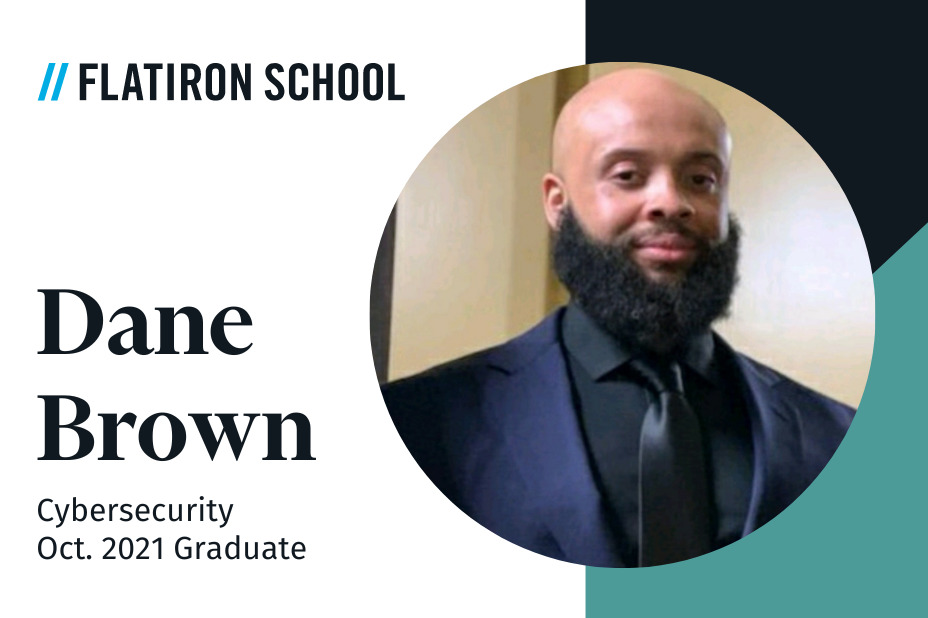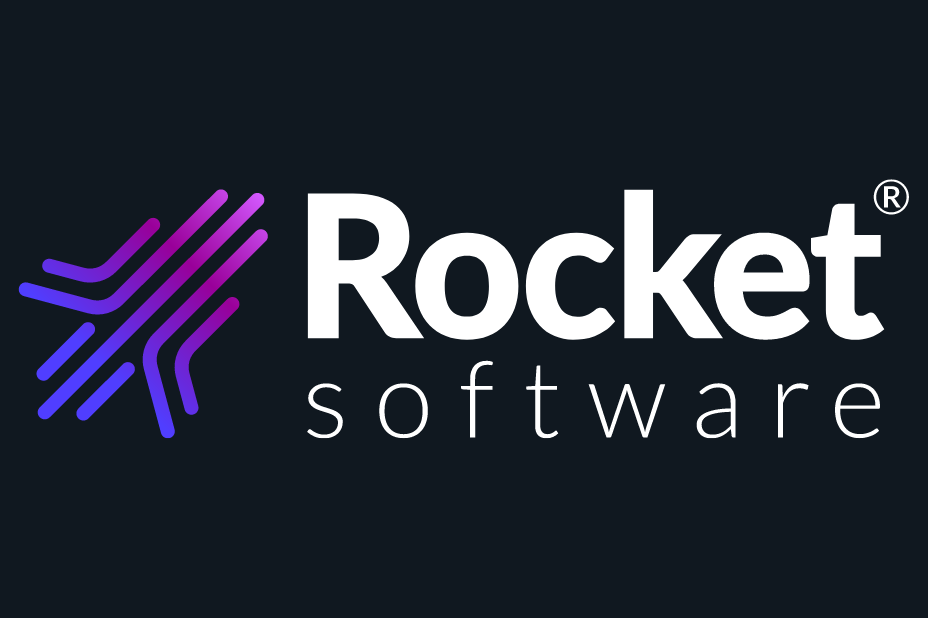A modern tech team with updated skills is the key to success. While most organizations realize training is critical, it can be hard to know where to start. No matter your business’s needs or phase in the “hire to retire” tech talent life cycle, Flatiron School is ready to help and answer all your enterprise FAQs.
We’ve trained more than 10,000 learners over the past decade. What’s more, we’ve helped dozens of organizations save time, money, and headaches in attracting and retaining top talent.
If you’re wondering where – or how – to get started training your workers, take a look at some of the common FAQs about our Enterprise programs, and see if you see any overlap with your needs. If you do, we’ll be here when you’re ready to get started.
Why Partner with Flatiron School?
Flatiron School’s programs are centered on high-quality curriculum, learning experiences, and outcomes.
While other tech educators scramble to acquire as many learners as possible—diluting themselves in the process with many different programs or by chasing the next great marketing statistic—Flatiron School is laser-focused on delivering the best education possible across four core disciplines:
We set and maintain the highest standards when it comes to teaching relevant skills, learner outcomes, and client satisfaction.
Do Flatiron School Instructors Have Industry Experience?
Our instructors have hands-on experience in their respective fields. Our solutions engineers and curriculum developers have decades of combined experience and diverse backgrounds in industry, academia, and the military.
Together, our instructors, solutions engineers, and curriculum developers keep our programs fresh by developing content that corresponds to active job descriptions—as well as seeking feedback from hiring managers.
How Does Flatiron School Prioritize Diversity?
Over the past decade, we’ve trained over 10,000 diverse learners from all walks of life. We have a history of working to diversify the tech industry through scholarships for underrepresented groups, such as women, persons of color, members of the LGBTQ+ community, and low-income households.
Flatiron School also makes tremendous efforts to remove biases from the recruiting process, ensuring talent is evaluated solely on their abilities and propensity to succeed.
How Do You Address Bootcamp Stereotypes?
Bootcamps sometimes garner a negative reputation because they’re not overly transparent with their data. For example, competitors may say they have a 100% placement rate, but that placement rate could include grads who received unpaid internships. Flatiron School goes the extra mile to be transparent. We were the first in the tech education industry to publicly publish a jobs report, which is reviewed for accuracy by a neutral third party.
Why Should We Use Flatiron School to Train Our Employees?
Our core expertise is in helping organizations deeply understand tech talent and strategically invest in the “hire to retire” lifecycle.
With curriculum covering a variety of languages, frameworks, and libraries across Artificial Intelligence, Software Engineering, Cybersecurity, Data Science, and UX / UI Product Design and the flexibility to train when, where, and how you want – including with or without instructor-led training – our programs are tailored to meet your business-specific training needs.
To learn more about our suite of solutions including Hire & Train, Onboarding, Reskilling, Upskilling, and Licensing Curriculum, visit our Training Solutions page.
What Are The Benefits Of Instructor-Led Training?
When you choose an instructor-led training program, as opposed to conducting the training internally, you’re getting our instructors’ expertise, experience, and accumulated knowledge base on how best to teach their material. Other tangible benefits include:
- Ability to adapt programs to learners’ style and progress – everyone learns differently. When instructors have the flexibility to tailor programs to learning styles, existing knowledge, and progress, they typically see a higher aptitude for success.
- Real-time interaction with instructors – When learners have the opportunity to ask questions and receive personalized help, it fosters accelerated learning and enhances knowledge retention.
- Peer learning – Collaborative learning opens the door for new perspectives and an overall dynamic learning environment. It also promotes professional growth and networking opportunities.
- Increased learner engagement – Learners with a structure such as regular assignments, group activities, and milestones stay motivated and accountable, ultimately resulting in higher engagement and success rates.
- Flexible schedules – Programs have higher levels of engagement when hosted at convenient times, allowing learners to be free of any commitments and distractions.
How Can Employee Tech Training Benefit Us?
Investing in employee training improves retention rates and keeps your employees’ skills up to date, improving your company’s agility in the marketplace. We can help at every stage of the employee lifecycle, from hiring, training, and onboarding to upskilling and retraining to prepare your tech teams to innovate.
How Does Flatiron School Address Recruitment Challenges?
To find and retain top tech talent, you need a deep understanding of what this unique community values. Flatiron School knows tech talent because we’ve been training them for the last decade. Flatiron School’s recruitment solutions source talent from our extensive alumni network, as well as the larger tech industry, to ensure the employers we work with find the right candidates to fill their in-demand tech roles.
With our enterprise recruitment solutions, we help find and deliver a trained workforce ready to meet your business needs.
What Does AI Training Look Like at Flatiron School?
More organizations are incorporating AI technology into their workforce to streamline business processes, optimize workflow, and compete in an ever-changing landscape. Our AI training programs provide actionable solutions to help businesses embrace emerging AI trends. Even non-technical employees can benefit from an AI-focused training program.
Our trainings include:
- Detecting cybersecurity threats
- Prompt engineering basics
- AI application deployment
- AI strategy for business leaders
Does Flatiron School Work with Traditional Higher Education Institutions?
Yes, higher education institutions often license our curriculum! Our partnerships with these institutions mean graduates are equipped for a rapidly evolving tech world and prepared to meet tech challenges across multiple industries.
How Is Flatiron School Addressing Skill Gaps in IT?
We believe the tech industry requires the brightest minds with the right skills to succeed in demanding roles. Our IT recruitment services are highly specific and targeted to help you find and bring on qualified professionals ready to succeed in the tech world. The right training can turn a strong candidate into the perfect fit.
What Does Flatiron School Offer Financial Firms?
The financial industry needs innovative training solutions to retain a solid workforce, eliminate unnecessary costs, and tackle cybersecurity challenges. Our financial services IT solutions renovate your business by helping your employees develop technological skills that help them keep up with industry changes in the financial sector.
How Does Flatiron School Streamline Medical IT Training?
Flatiron’s healthcare IT training program delivers a streamlined healthcare education focused on helping trainers become accustomed to the digital demands of the medical industry. This way, you get a highly reputable workforce that can facilitate modern healthcare work.
How Can Flatiron School Help My Employees Stay Current on Modern Tech?
There’s a technological baseline required in virtually any industry, standard skills that are as essential to modern business as the abilities to read and write. Flatiron School’s professional technical training programs ensure your employees stay current with industry-specific tech.
How Does Flatiron School Address Complex Technological Needs?
Our technology training programs address evolving technological demands, including AI and machine learning. Exposing trainees to artificial intelligence prepares them to enter the job market with a fresh set of technical skills. It will also help your business grow and succeed in a highly competitive market.
Do You Offer Training in Retail Technology?
The retail industry constantly upgrades with software solutions that streamline the shopping experience. Our tech training for retail familiarizes your team with the latest software solutions and platforms operating in the retail marketplace.
How Can I Stay Updated on the Latest Flatiron News?
To stay up-to-date on our latest services, offers, partnerships, and solutions, check out our news and events page.
Solutions For Businesses, Tailored To Yours
Trusted by Amazon and many Fortune 100 companies, Flatiron School is a seasoned technical training provider. Whether you need recruiting, onboarding, upskilling, reskilling, or something else, we have the expertise to build out the team you need to innovate.
With thousands of learners innovating at companies just like yours, we’re here to help solve your tech training challenges throughout the “hire to retire” tech talent lifecycle.
Contact us today to start designing a program to meet your organization’s training needs.












